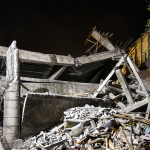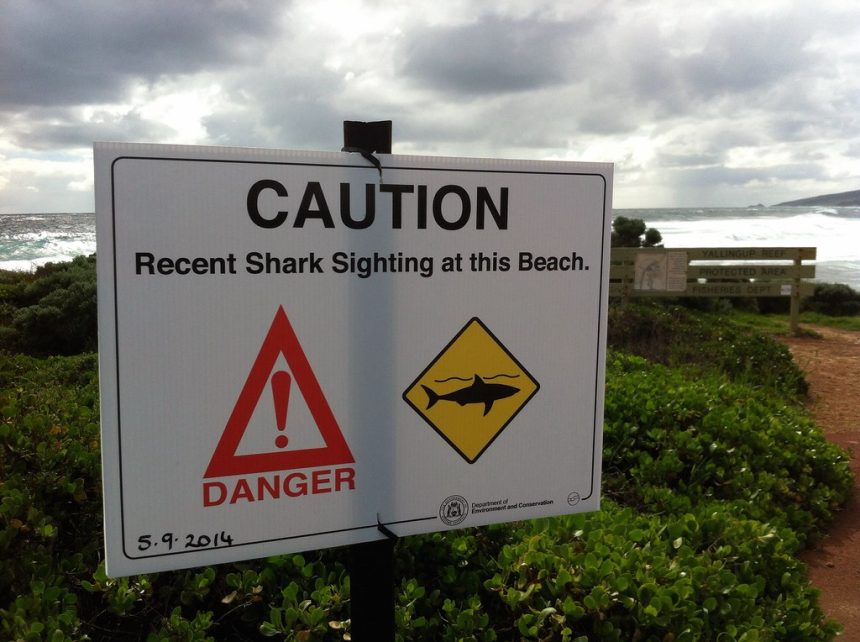Tragedy at Long Reef Beach
A surfer was killed by a shark off Long Reef Beach in Sydney’s Northern Beaches on 6 September 2025, the first such fatal attack in New South Wales this year. The victim, a 57-year-old man, was pulled from the water by fellow surfers but died from his injuries at the scene.
Authorities immediately closed nearby beaches, deployed drones and helicopters to monitor the waters, and launched investigations into what kind of shark was responsible.
The Shark Net Program Under Scrutiny
The fatal attack has sharply revived debate about the effectiveness, safety, and environmental cost of shark nets, which are installed at many Australian beaches as a protection measure during swim season.
What Shark Nets Do — and Don’t
Shark nets are not barriers — they do not enclose an entire beach. Rather, they are sections of gill netting set a few hundred meters offshore. Sharks can swim above, below, or around them.
Critics argue that nets are a blunt tool:
- They often catch non-target species (bycatch) such as dolphins, turtles, and rays.
- Their ability to prevent attacks is uncertain. Some experts say there is no clear evidence that nets reduce fatal shark incidents in all circumstances.
- Nets may even attract sharks toward beaches by trapping marine life that then draws predators.
Policy Shift & Pause on Trials
Prior to the attack, the New South Wales government was planning a trial reduction or removal of nets in several coastal councils. But following the tragedy, the state government has paused that trial until it can complete a full report into the incident.
Likewise, some local councils that supported net removal or reduction have faced political pressure to reverse course or delay reform.
Meanwhile in Queensland, the state has reaffirmed its commitment to expanding shark net and control measures, despite repeated criticism over entanglements of whales and other marine species.
Voices Weigh In: Safety Versus Conservation
Supporters of nets argue:
- The primary duty is public safety — even a single death is one too many.
- No alternative method (drone monitoring, shark deterrents, acoustic systems) yet provides complete protection.
- In their view, nets reduce the number of sharks entering high-use areas, acting as a deterrent or catch net.
Environmentalists and marine scientists counter:
- The ecological cost is too high: many innocent marine animals die or suffer.
- Nets can create a false sense of security, leading beachgoers to take greater risks.
- Modern alternatives (SMART drumlines, real-time sonar detection, drone surveillance) offer less lethal but more flexible options.
- Reducing or removing nets should be carefully trialled and paired with public education on shark awareness.
What Happens Next
- Inquiry & report: The NSW government has ordered a review to determine how and why the attack occurred despite net protections.
- Net policy decisions: The outcome may decide whether nets remain in place, or are scaled back in favor of alternatives.
- Technological investment: Authorities are likely to accelerate adoption of SMART technologies (e.g. drumlines, sonar, drones) to supplement or replace nets.
- Public debate intensifies: Coastal communities, surfers, environmental groups and government agencies are likely to clash over the balance between safety and marine conservation.
This attack is a tragic reminder that no system is foolproof—and that coastal safety strategies must evolve in line with technology, science, and ethics.











